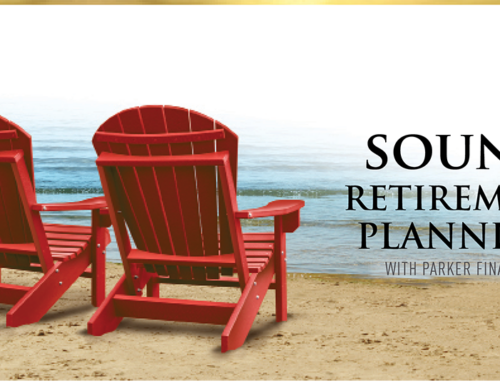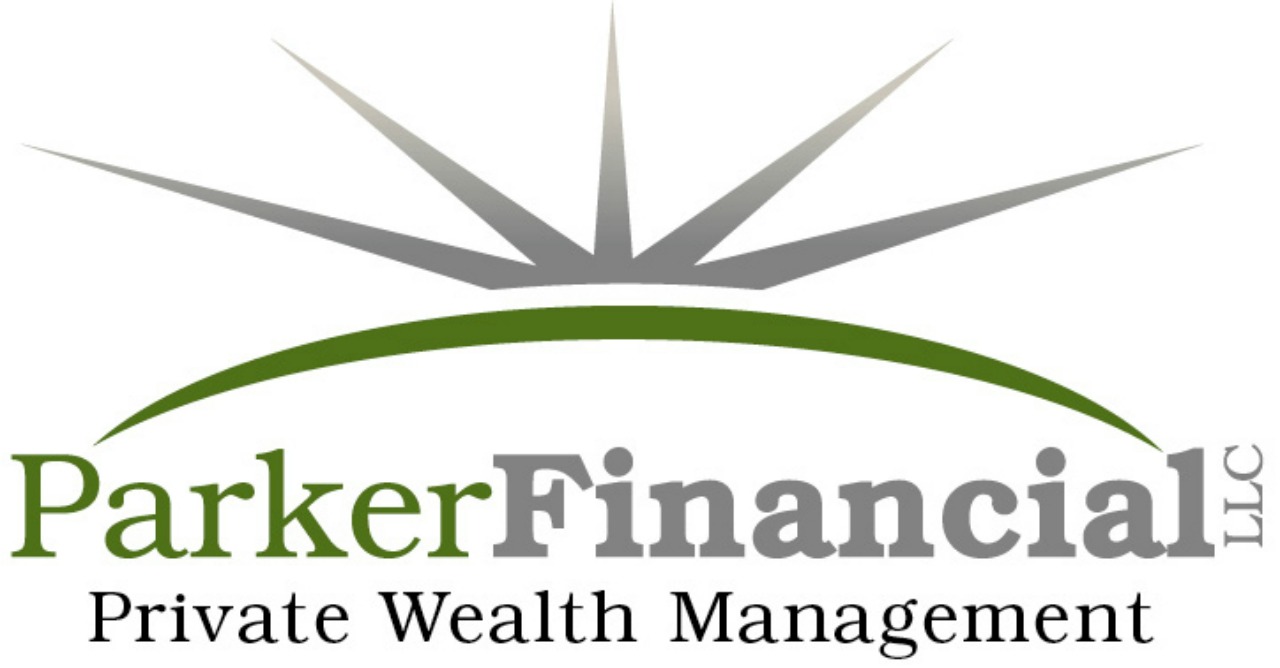
My job as an adviser is to listen to people and help them do things the way they want them done. I’m fond of the old saying, “God gave us two ears and one mouth so that we would spend more time listening and less time talking.” I also have a responsibility to help highlight the risks, fees, taxes and other consequences of the choices people are considering. You want to make sure you find an adviser who has the flexibility to help you accomplish your goals the way you want to accomplish them. While I feel strongly about the systems we have created to help diversify both their time horizon as well as the products you use, I recognize some people have a different vision for accomplishing their goals and that is OK. This is your retirement, and you should do it your way.
When these folks came to see me, they already had good income from both a pension and social security. They wanted their investment portfolio to generate an additional $60,000 per year. When we first met, their investment portfolio was valued at approximately 1.5 million dollars.
After several meetings and a lengthy discussion, they liked the idea of allocating about sixty percent of their portfolio to actively managed individual bonds, and about forty percent of their portfolio allocated to an actively managed portfolio of individual dividend paying stocks.
We talked about the risks associated with both stocks and bonds. These folks said, “Jason we do not really care about market fluctuations or what the value of the portfolio is at any one time as long as it is consistently producing the income we need. That is all we really care about.”
In the past I’ve discussed the disadvantages of buying bonds in a zero interest rate environment. If you are going to buy bonds today, then I prefer owning individual bonds over bond mutual funds. In a rising interest rate environment, I’m concerned we could see a mad dash for the exit as people begin to lose money in bond funds due to rising interest rates. If a lot of people exit a bond mutual fund all at once, then it could cause a bond fund manager to liquidate positions to raise cash to make the mutual fund shareholders whole.
At least with an individual bond you have the ability to hold that bond until maturity. You have control over when it is sold. You may see the market value of the bond drop as a result of rising interest rates, but as long as you hold the bond to maturity and the company issuing the bond does not default, then you would have received all of the income over the term of the bond. Plus at maturity you would get back the value of the bond plus or minus your initial investment depending on if you had purchased the bond at a premium, discount or at par.
The nice thing about the dividend stock portfolio we constructed is the portfolio of individual dividend paying stocks have a history of increasing their dividends. No guarantees exist that the companies will continue to pay their dividends or increase their dividends, but having the potential for dividend increases and buying companies who have a track record of raising their dividends can help provide for a hedge against inflation. Many companies have paid dividends for years. Once a company starts paying a dividend, they generally want to keep paying the dividend because if they stop it can have a negative impact on the company and the management. In some instances it can cause shareholders to exit their positions.
Now these folks had a higher propensity for risk and enough assets to make this work. These folks have been clients for a few years now, and the markets have behaved well so their portfolio is now valued at about 1.7 million dollars and generating more than $60,000 of interest and dividend income every year. But just because their portfolio is generating more income does not mean they have to spend all of the income every year.
The key to this approach is you need to accept the risks associated with it. The portfolio will fluctuate and in some years those fluctuations can be great. But, if you are like these folks and you don’t really care what the value of the portfolio is from year to year, plus income is your primary concern, then this can be a great way to create a diversified portfolio that is geared to that.
This article was also featured in the April 2014 Kitsap Peninsula Business Journal.
•••••••••••••••••••••••••••••••••••••••••••••••••••••••••••••••••••••••
Image courtesy of Stuart Miles / FreeDigitalPhotos.net






